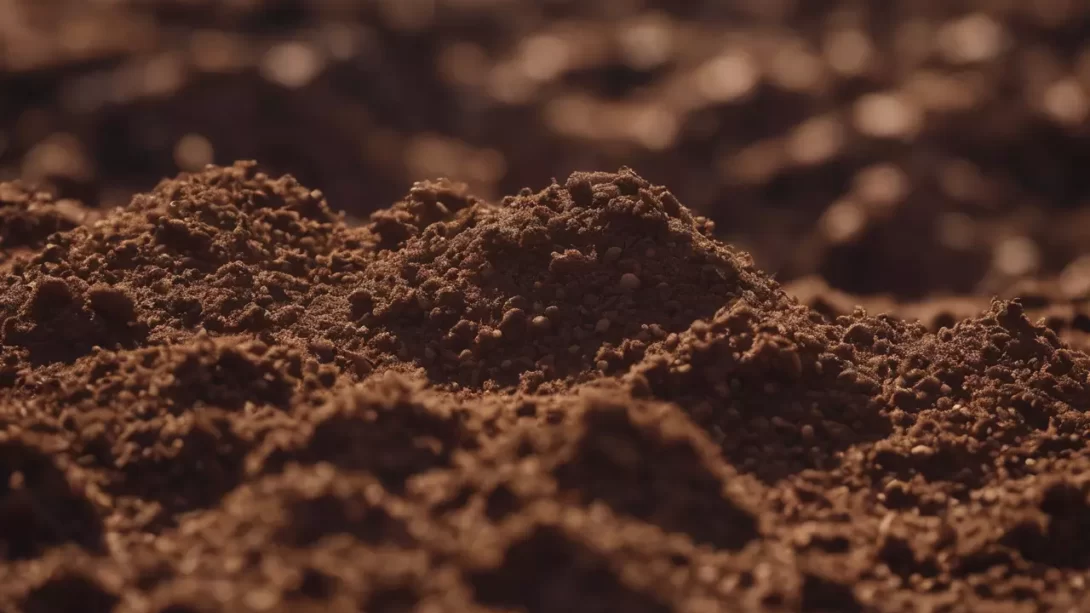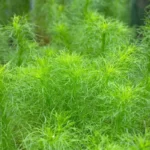Sterilizing soil is a crucial step in many gardening projects, particularly when dealing with large-scale operations or addressing persistent pest and disease issues. Sterilization eliminates harmful pathogens, weed seeds, and insects, creating a clean slate for healthy plant growth. This article will explore various methods for sterilizing large quantities of soil effectively and safely.
Soil Sterilization
Soil sterilization involves treating the soil to eliminate unwanted biological elements that can harm plant growth. Benefits include reduced risk of disease, fewer weed problems, and a better growing environment for plants. Sterilization is particularly important in situations like starting a new garden, rehabilitating a contaminated plot, or preparing soil for sensitive plants.
Methods of Sterilizing Large Amounts of Soil
- Steam Sterilization
- Equipment: Steam sterilization requires a steam generator or boiler, and a means to contain and distribute the steam, such as soil steamers or tarps.
- Process: The soil is heated with steam to a temperature that kills most pathogens and pests. This usually involves covering the soil with a tarp and introducing steam underneath it for a specific duration, typically 30 minutes to an hour, depending on the soil depth and the equipment used.
- Solarization
- How It Works: Solarization uses the sun’s energy to heat the soil to high temperatures. It’s an eco-friendly method, ideal for sunny, warm climates.
- Instructions: The process involves clearing the soil surface, moistening it, and then covering it with clear plastic sheeting. The plastic traps solar radiation, heating the soil beneath. This method requires several weeks of hot, sunny weather to be effective.
- Chemical Sterilization
- Overview: Chemical sterilants, such as methyl bromide and chloropicrin, are used less frequently due to environmental concerns. They are typically reserved for specific, large-scale agricultural needs.
- Guidelines: Due to their toxicity and potential environmental impact, the use of chemical sterilants should be done by professionals and in compliance with local regulations.
Preparing Soil for Sterilization
Effective soil sterilization starts with proper preparation. Begin by removing all plant debris, rocks, and large clumps from the soil. This helps ensure uniform exposure to the sterilization process. If you’re using steam or solarization methods, the soil should be moistened because moist soil conducts heat more effectively than dry soil. However, avoid over-watering, as excessively wet soil can hinder the heating process. Leveling the soil surface can also promote even heating or chemical application.
Safety Considerations and Best Practices
Safety is paramount when sterilizing soil, especially when dealing with large quantities. For steam sterilization, be cautious of the steam source and hot equipment; use protective gear and ensure that any hoses or connections are secure to prevent accidents. For chemical sterilization, personal protective equipment (PPE) is essential, including gloves, protective clothing, and respiratory protection, depending on the chemicals used.
Environmental best practices should also be a consideration. When using chemical methods, be aware of potential impacts on non-target organisms and groundwater. With steam sterilization, consider fuel sources and emissions. Solarization offers the most environmentally friendly option, though it requires specific weather conditions to be effective.
Aftercare and Soil Health Post-Sterilization
After sterilizing soil, it’s important to restore its health and fertility. Sterilization can eliminate beneficial microorganisms alongside harmful ones. To rejuvenate the soil, consider incorporating organic matter like compost or aged manure. This not only adds nutrients but also reintroduces beneficial microbes.
If using chemical sterilants, follow any recommended waiting periods before planting, and consider testing the soil to ensure that no harmful residues remain. Regular soil tests can also guide you in adjusting pH levels and nutrient content to create an optimal growing environment.
Conclusion
Sterilizing large amounts of soil is a significant undertaking, but with the right method and careful execution, it can greatly improve the health and productivity of your garden. Whether you choose steam sterilization for its effectiveness, solarization for its environmental friendliness, or chemical methods for specific situations, each approach requires careful planning and execution.
Remember, preparation is key to successful soil sterilization. Ensure that the soil is clear of debris and appropriately moistened for the chosen method. Safety is paramount, especially when working with steam or chemicals. Utilize appropriate protective gear and follow best practices to minimize any risks to yourself and the environment.
Post-sterilization, it’s crucial to focus on restoring the soil’s health. Adding organic matter and beneficial microbes will help rebuild a healthy soil ecosystem, ensuring that your plants have the nutrients and support they need to thrive.
By understanding the various methods and considerations for sterilizing soil, you can make an informed decision that aligns with your gardening needs and environmental values. Properly sterilized soil can be the foundation of a vibrant and productive garden, yielding healthy plants and bountiful harvests for seasons to come.



